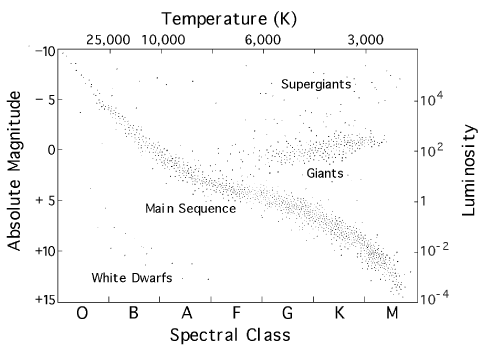Life Cycles of Stars (Grades 9-12) - Page 8
Annie Jump Cannon entered Wellesley College in Massachusetts in 1880 to study astronomy. She became interested in stellar spectroscopy, the process of breaking light from stars down into its component colors so the various elements can be identified. After suffering from scarlet fever, which left her hearing impaired, she earned her master�s degree and then continued her studies at Radcliffe College. She became an assistant at the Harvard College Observatory, the first observatory to include women as staff members. During her career, she observed, classified, and analyzed the spectra of some five hundred thousand stars, assigning each one its place in the sequence O, B, A, F, G, K, and M. In 1911 she almost became a faculty member at Harvard but the university officials refused to promote a woman to such high status. So she became the curator of astronomical photographs, earning a salary of twelve hundred dollars a year. Finally, in 1936, Harvard hired her as a permanent faculty member. She was seventy-three years old at the time.
Astronomers now realize that everything which appears to distinguish one star from another - temperature, luminosity, size, life span -- is determined almost entirely by one factor: the star's mass. The main sequence along the HR diagram is not a singular evolutionary path, as many had thought, but a portrait of the sky at one moment in time of stars with varying masses.
Below is a version of the Hertzsprung-Russell diagram, which shows how the size, color, luminosity, spectral class, and absolute magnitude of stars relate. Each dot on this diagram represents a star in the sky whose absolute magnitude and spectral class have been determined. Notice that the data appear to clump naturally into groups: main-sequence stars, giants, supergiants, and white dwarfs.

1. Imagine that you are an astronomer and you have detected a source that has a temperature of about 3700 Kelvin, and a luminosity of about 0.1. Examine the H-R diagram; explain what luminosity class and type of source this could be. In what part of its life cycle is this source?




